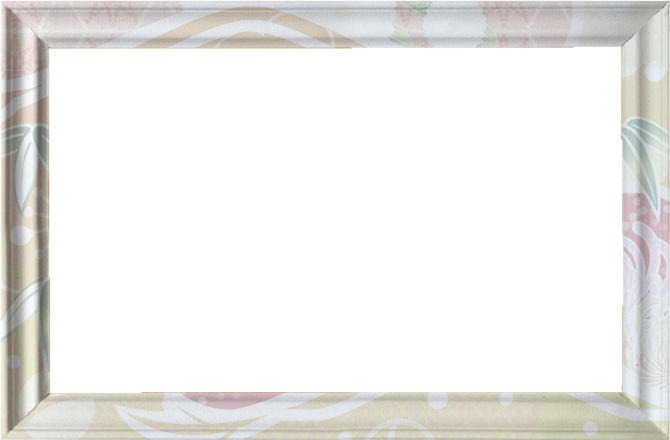

Few things are more emblematic of Japanese traditional architecture than shoji, or sliding paper screens. Their use is increasingly limited to traditional houses as modernisation continues apace, but fortunately Yosano is home to many well-preserved historic buildings,
such as the Bito family house on Chirimenkaido street. The concept of a semi-transparent paper screen may seem to indicate a lack of privacy, but it is important to understand the principles behind traditional Japanese architecture. Japanese houses were not constructed for seclusion, but were often built as one big communal room, designed to blend in with the natural world outside. (Japanese homes were, and still are, seen as temporary structures rather than permanent buildings.) The core constituents of shoji are bamboo and paper - both natural materials - and so do not interrupt the illusion plain, unartificial room. Furthermore, shoji are an effective way to divide space without needing an artificial light source; indeed, they distribute light evenly, thereby enhancing the appeal of a room. Intricate shoji can also be highly decorative, and act as a counterpoint the understated simplicity otherwise synonymous with a washitu, or Japanese-style room. While shoji may be on the decline as more durable materials become preferred, they nevertheless offer a certain aesthetic appeal that hints to not only to an architectural tradition, but also to a sense of calm and harmony.
Recent posts
- Hokkaido Snow Festival
- No Snow Sadness
- Fighting the Chills in Japan
- Home for the Holidays
- Japan: The Land of the Rising Mikan
- Tea Ceremony
- The Kindness of a Town
- Nodagawa Water Park
- Culture Shock and Food
- Glenn the Gecko
- Summer and Fireworks
- Yosano-Aberystwyth association
- Hops Picking Event
- Natasha’s diary 「美しい与謝野町 ありがとう!」
- Rice planting
- Beach weather
- Yosano festivals
- Urashima shrine in Ine
- Cherry blossom season in Yosano
- You Can Do It!
- The famous ‘Golden Temple’ (Kinkakuji) in Kyoto
- Morning fog
- Yosano’s ECC (English Conversation Circle)
- 114km Café
- kyuushoku (給食)
- Nabe!
- Snowshoe hike
- Chirimen silk
- Nariaiji temple at Amanohashidate
- Solar panels in Nodagawa

